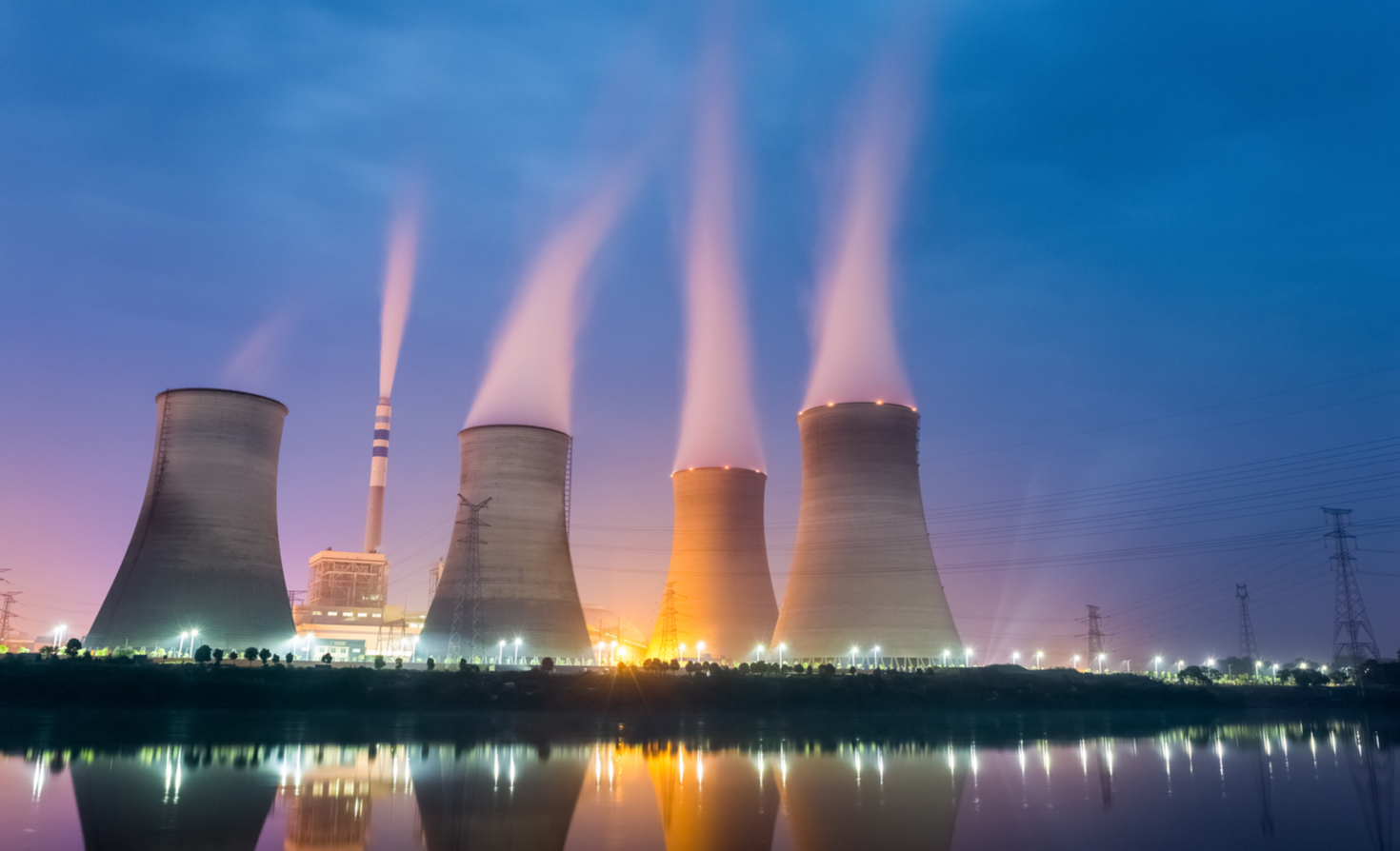

The loss of off-site power could force the plant to rely on emergency diesel generators, which are highly unreliable and could fail or run out of fuel, causing a station blackout that would stop the water circulation needed to cool the spent fuel pool, he said.Ī file picture taken on Apshows the giant protective dome built over the sarcophagus covering the destroyed fourth reactor of the Chernobyl Nuclear Power Plant (Sergei Supinsky / AFP) Perhaps the biggest issue, however, is the plant’s power supply, said Najmedin Meshkati, an engineering professor at the University of Southern California who has studied both the Chernobyl and Fukushima disasters, raising a concern also voiced by Wolfsthal and others.

“We don’t want our nuclear power plants to come under assault, to be on fire, and to not have first responders be able to access them,” he said.Īnother danger at nuclear facilities are the pools where spent fuel rods are kept to be cooled, which are more vulnerable to shelling and which could cause the release of radioactive material. The reactors at the plant have thick concrete containment domes, which would have protected them from external fire from tanks and artillery, said Jon Wolfsthal, who served during the Obama administration as the senior director for arms control and nonproliferation at the National Security Council.Īt the same time, a fire at a nuclear power plant is never a good thing, he said. Four of the other six reactors have now been taken offline, leaving only one in operation.
BIG REACTOR MELTDOWN OFFLINE
The reactor that was hit was offline but still contains highly radioactive nuclear fuel. (Photo by DENIS LOVROVIC / AFP) What could have happened? The former employee with knowledge of conditions at the plant said that ventilation systems that helped control humidity levels had stopped operating.An employee works in a pharmacy next to a sign reading “We don’t have iodine tablets” in Zagreb, March 3, 2022, after residents bought all the iodine in pharmacies following the Russian president’s speech on nuclear weapons. Without monitoring, of both humidity and radiation, workers would not know if any new episode was occurring. They have been monitored and will have to be dealt with someday. In the chaotic, jumbled remains of the destroyed Chernobyl reactor, there is no cooling system for a loss of power to affect.īut in recent years there have been episodes in which nuclear reactions have started spontaneously in pockets of these fuel-containing materials, leading to spikes in radiation levels. Some of these fuel-containing materials, as they are called, are in places that are completely inaccessible and have only been studied by boring into them. This highly radioactive mixture is found throughout the remains of the reactor, having flowed through doorways and drain pipes and down stairwells and other parts of the structure before hardening. An estimated 200 tons of fuel remain there, in a lava-like mix with molten concrete, sand and chemicals that were dumped on the reactor during the disaster.

The other main source of nuclear waste, which is unique to Chernobyl, are the ruins of the destroyed reactor itself.


 0 kommentar(er)
0 kommentar(er)
